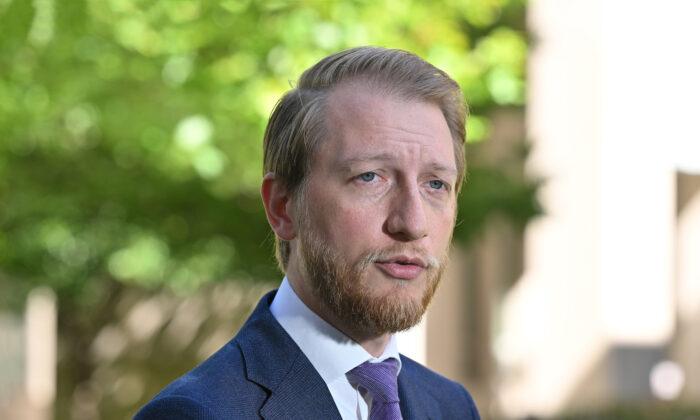Australia is expected to add more than 7 gigawatts of renewable energy capacity to the grid in 2024, according to the government’s Clean Energy Regulator, the nation’s leading authority responsible for implementing legislation to reduce carbon emissions and increase the use of clean energy.
This includes an estimated 3-4 gigawatts from large wind and solar projects and around 3.1 gigawatts from small rooftop solar systems, as outlined in the Clean Energy Regulator’s Quarterly Carbon Market Report for the second quarter of the year.
Acting Chair Mark Williamson noted that approvals for new large-scale renewable energy projects were increasing.
In the first half of 2024, 1.5 gigawatts of large-scale projects were approved, with another 2.5 gigawatts still to be reviewed by the end of June.
Investment in large renewable energy projects is also growing, with 1.8 gigawatts of new capacity securing funding in the first half of this year, surpassing the total of 1.6 gigawatts that got approved in all of 2023.
At the end of June 2024, the number of large-scale generation certificates—which are important for renewable energy claims—rose by 7.4 million, totalling 28.5 million.
Williamson said companies were actively acquiring certificates to meet their goal of using 100 percent renewable electricity.
For small-scale renewables, rooftop solar installations continue to boom, with 0.76 gigawatts of new installations added certificates in the second quarter alone—a 6 percent increase compared to the same period last year.
The number of new systems installed also grew by 3 percent, reaching 79,000.
Additionally, companies are collecting Australian carbon credit units (ACCU), which are certificates that represent a reduction of one tonne of carbon dioxide equivalent (CO₂-e) emissions, as they prepare for their compliance with requirements.
They are part of Australia’s carbon pricing system, designed to encourage projects that reduce greenhouse gas emissions, such as renewable energy initiatives, reforestation, and energy efficiency improvements. ACCUs are generated when these projects successfully lower emissions or sequester carbon.
By the end of June, 22.6 million ACCUs were held by these companies, which is 55 percent of all ACCUs in circulation.
Criticism and Concerns
However, Shadow spokesman for Climate Change and Energy Ted O’Brien questioned the report’s optimism, arguing it downplays the challenges.O'Brien told The Epoch Times that the Sept. 25 report’s claim that renewables could contribute in excess of seven gigawatts of power to the grid during 2024 was misleading.
He pointed out that much of the increased 3.1 gigawatts of power included in the estimate had come from small-scale projects such as rooftop solar as opposed to government infrastructure.
With Australia’s energy needs at around 28 to 30 gigawatts of power annually, O'Brien said the nation would need to produce more renewables and renewable energy than it has the capacity for.
“To deliver on its 82 percent renewables plan, Labor needs nearly 7 gigawatts of utility-scale renewable generation installed on the national grid every year, and this report confirms it won’t happen,” O'Brien said.
“At best, Labor may deliver half the amount required this year at 3-4 gigawatts and then the rollout is forecast to worsen as only 1.8 gigawatts of deals were closed in the first half of this year.”
He was also critical of Labor’s renewables policy, saying the Coalition had included gas and nuclear in the mix to ensure reliable supply.







